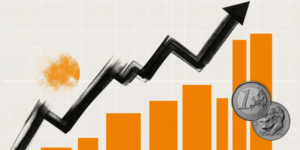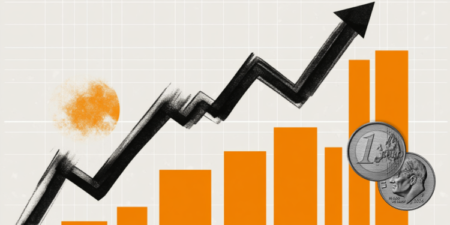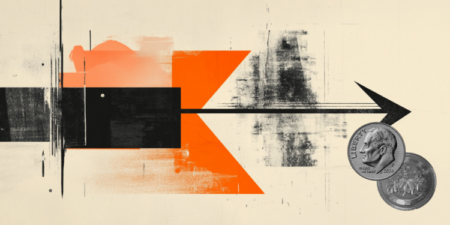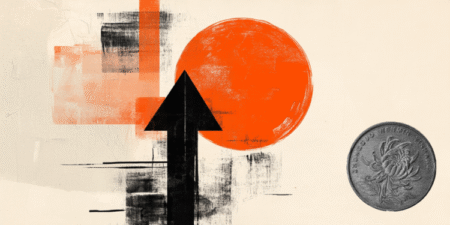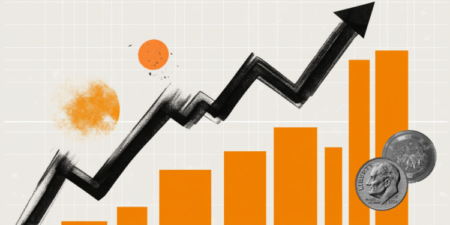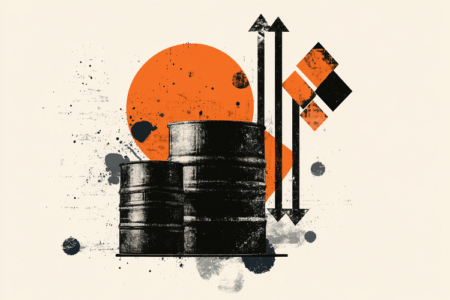- Silver price rises as ongoing uncertainty surrounding US trade policy boosts safe-haven demand.
- A softer US Dollar is also lending support, making the dollar-denominated metal more appealing to overseas buyers.
- President Trump has called for an investigation into potential tariffs on all critical mineral imports.
Silver price (XAG/USD) is inching higher after recent losses, trading around $32.30 per troy ounce during Wednesday’s Asian session. The uptick comes as lingering uncertainty over US trade policy continues to fuel safe-haven demand for the precious metal.
A weaker US Dollar (USD) is also supporting Silver prices, making the dollar-denominated asset more attractive to foreign buyers. The US Dollar Index (DXY), which measures the Greenback against a basket of six major currencies, is trading lower near 99.80 at the time of writing. Market attention now turns to the upcoming US Retail Sales data for March, which could shed light on the impact of tariff tensions on consumer spending.
Safe-haven flows into Silver were further bolstered after US President Donald Trump called for an investigation into potential tariffs on all critical mineral imports. This move signals a more aggressive trade stance and raises the risk of tensions with key suppliers, including China. It also partially offsets the market optimism sparked by recent exemptions on certain tech products and possible exclusions for auto parts.
Meanwhile, Federal Reserve Governor Christopher Waller attempted to calm market nerves, saying that any inflation arising from tariffs would likely be temporary. Waller also reaffirmed the Fed’s willingness to lower interest rates if needed, signaling the central bank’s commitment to supporting growth. Investors now await the US retail sales report and a speech from Fed Chair Jerome Powell later in the day for further direction on the economic and monetary policy outlook.
Silver FAQs
Silver is a precious metal highly traded among investors. It has been historically used as a store of value and a medium of exchange. Although less popular than Gold, traders may turn to Silver to diversify their investment portfolio, for its intrinsic value or as a potential hedge during high-inflation periods. Investors can buy physical Silver, in coins or in bars, or trade it through vehicles such as Exchange Traded Funds, which track its price on international markets.
Silver prices can move due to a wide range of factors. Geopolitical instability or fears of a deep recession can make Silver price escalate due to its safe-haven status, although to a lesser extent than Gold’s. As a yieldless asset, Silver tends to rise with lower interest rates. Its moves also depend on how the US Dollar (USD) behaves as the asset is priced in dollars (XAG/USD). A strong Dollar tends to keep the price of Silver at bay, whereas a weaker Dollar is likely to propel prices up. Other factors such as investment demand, mining supply – Silver is much more abundant than Gold – and recycling rates can also affect prices.
Silver is widely used in industry, particularly in sectors such as electronics or solar energy, as it has one of the highest electric conductivity of all metals – more than Copper and Gold. A surge in demand can increase prices, while a decline tends to lower them. Dynamics in the US, Chinese and Indian economies can also contribute to price swings: for the US and particularly China, their big industrial sectors use Silver in various processes; in India, consumers’ demand for the precious metal for jewellery also plays a key role in setting prices.
Silver prices tend to follow Gold’s moves. When Gold prices rise, Silver typically follows suit, as their status as safe-haven assets is similar. The Gold/Silver ratio, which shows the number of ounces of Silver needed to equal the value of one ounce of Gold, may help to determine the relative valuation between both metals. Some investors may consider a high ratio as an indicator that Silver is undervalued, or Gold is overvalued. On the contrary, a low ratio might suggest that Gold is undervalued relative to Silver.
Read the full article here


